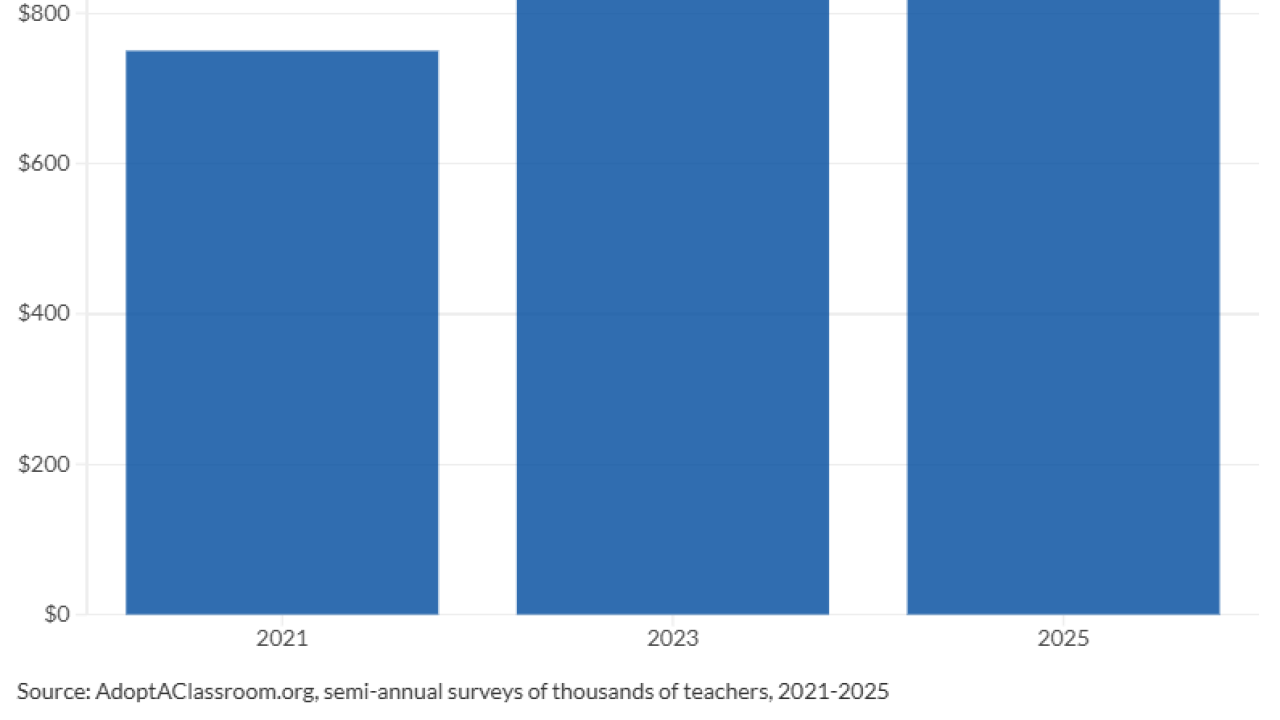First the biggest investors in loans to risky U.S. companies fought against the rule. Then a court struck it down. Now some market participants say complying with the regulation is good business and they’re not going to stop.
The end result may be one of the strangest of the unintended consequences from the Dodd-Frank financial overhaul law. Money managers set up $11 billion of new funds to meet a dreaded requirement known as "risk retention," and although that rule is likely dead in at least some markets, the funds may live on, according to asset managers and lawyers. New ones may even come in the future.
It turns out investors like the funds, which offer relatively high returns given the risk. And they may be good for money managers too, because they make it easier for the financial firms to sell other products, including repackaged debt known as collateralized loan obligations. CLO sales nearly reached a record last year in part because of the rule.

“I think the market is going to be slightly surprised by the extent to which these vehicles end up staying in place,” said Sean Solis, a partner at law firm Dechert, who represents several money managers affected by the U.S. appeals court ruling. The window for appealing that decision closes April 2.
Risk retention, often called the "skin in the game" rule, was meant to align money managers’ and investors’ interests to prevent a repeat of the subprime mortgage fiasco. The rule requires parties selling repackaged debt to keep 5% of the securities they are offering. Lawmakers thought forcing that risk to be retained would discourage lenders from bundling shaky loans into bonds, and walking away unscathed when the securities sour.
For CLOs and other instruments, the rule went into effect at the end of 2016, and it was controversial even before then. The Loan Syndications and Trading Association, the main industry group for syndicated loans, sued to block the regulation, saying they should apply to lenders like banks making loans, and not CLO asset managers that buy loans and package them into bonds. The group said the risk retention rule would shrink the loan market and make it harder for companies to borrow.
Money managers that put together CLOs and other types of repackaged debt were allowed to borrow from outside investors to help finance some of that 5% chunk they held onto. Risk retention funds were a key part of that financing.
-
Managers sold $24.6 billion of the loans in the region last year, the most since the financial crisis.
February 26 -
A recent launch from Flat Rock is designed to provide access to middle-market debt in a new way, according to the firm’s CEO, Robert Grunewald.
October 16 -
Alan J. Foxman looks into his crystal ball and predicts authorities will focus on these key areas.
December 26
The CLO market reached nearly record sales last year, in part because investors like seeing managers put cash into their own deals, said Michael Barnes, co-chief investment officer at Tricadia, which invests in and manages CLOs. Customers still want managers’ exposure to align their interests with investors’, he said.
“There will be demand from investors to continue seeing managers putting skin in the game,” Barnes said. “CLO creation is very capital intensive and managers need more capital than they can often provide alone to grow the business.”
Similarly, Octagon Credit Investors expects to continue investing in its own deals, even if it no longer has to, said Andrew Gordon, its chief executive officer said.
“My sense is that we’ll continue to do some form of investing in our own deals unless we find a more important use for our capital,” Gordon said. “One of the big unintended consequences of risk retention is that it forced managers to speak to a much broader audience of potential investors.”
CIFC, Apollo Global Management and others set up standalone vehicles to finance risk retention. Citigroup estimates $11 billion was raised, with $3 billion of that still to be deployed. Unwinding those funds could prove challenging, according to Michael Herzig, head of business development for THL Credit’s tradeable credit and direct lending platform.
“It would be a difficult decision to just dissolve these funds,” Herzig said. “The upfront structuring costs could be pretty high, running into several million dollars, and the managers will want to respect the time and effort of their fund investors who went through their own investment committee and allocation process.”
Many of the vehicles contained language that provided for the roll-back of regulations, allowing them the flexibility to sell without needing votes or approvals from investors, according to Tricadia’s Barnes.
The regulator plans to ramp up scrutiny of bad brokers and electronic communications, among other new measures.
Some are looking into the possibility of winding down funds. Law firm Mayer Brown is already helping clients evaluate whether, and how, to end some of their risk-retention financing vehicles, partner J. Paul Forrester said, adding that he expects any changes to take a “reasonable” time period.
Abandoning the risk retention rule may end up helping to lift CLO issuance by cutting the costs of issuance, allowing smaller managers more access to the market. Sales of the instruments almost doubled in February to $12.46 billion, while about $9 billion of existing CLOs completed refinancings or resets, according to data compiled by Bloomberg.
But at least some in the industry think CLO sales are more likely to rise if risk retention funds keep the machine churning.
“If risk retention funds go away, it will slow down issuance,” said Jay Huang, head of structured products investments at CIFC, which invests in and manages CLOs.






